13 Outdated Tech Devices Collecting Dust
Technology evolves quickly, and many once-essential devices have now become obsolete. With advancements in smartphones, streaming services, and cloud-based solutions, there are many gadgets that no longer serve a real purpose in our daily lives. As new products take over, it’s easy to find that certain tech items are now unnecessary and cluttering up our homes.
This post may contain affiliate links, which helps keep this content free. Please read our disclosure for more info.
MP3 Players
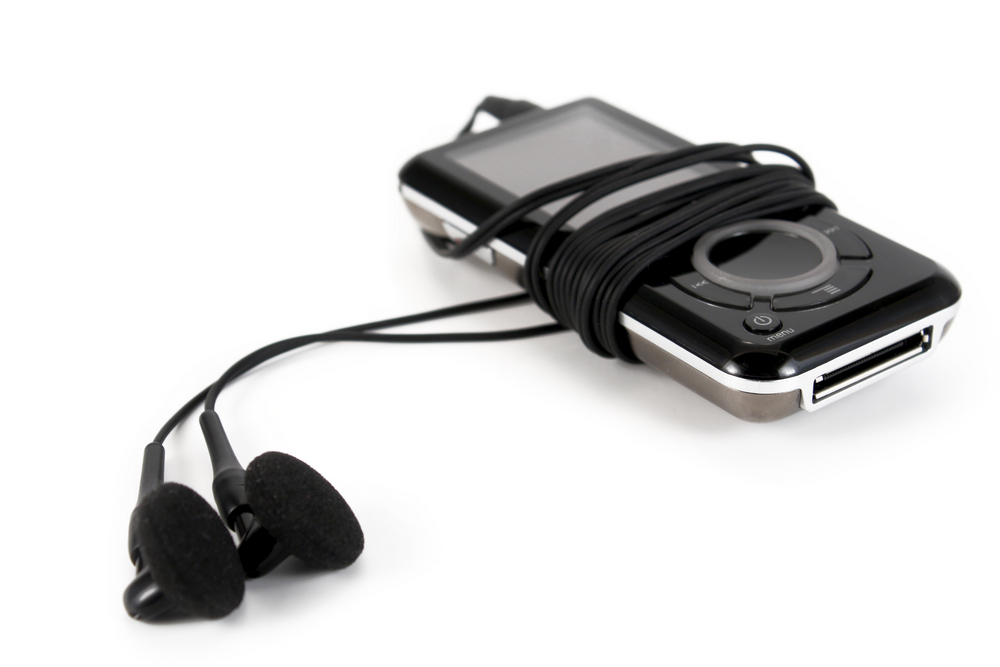
MP3 players were once the go-to device for listening to music on the go. These portable devices allowed users to store and play their favorite songs, offering a much-needed alternative to bulky cassette players and CDs. However, as smartphones grew in popularity, MP3 players became increasingly redundant. Modern smartphones now combine music, apps, cameras, and internet access all in one device, rendering standalone music players nearly obsolete. With the rise of streaming platforms like Spotify, Apple Music, and YouTube, the need to store and download music on a separate device has also diminished.
Today, most people access their music via cloud-based services, which means they no longer need a dedicated device like an MP3 player. The convenience of carrying one device that handles all your needs, from communication to entertainment, has made MP3 players an unnecessary tech item. With storage space on smartphones expanding and wireless streaming becoming the norm, MP3 players are quickly fading from everyday use.
CD and DVD Players
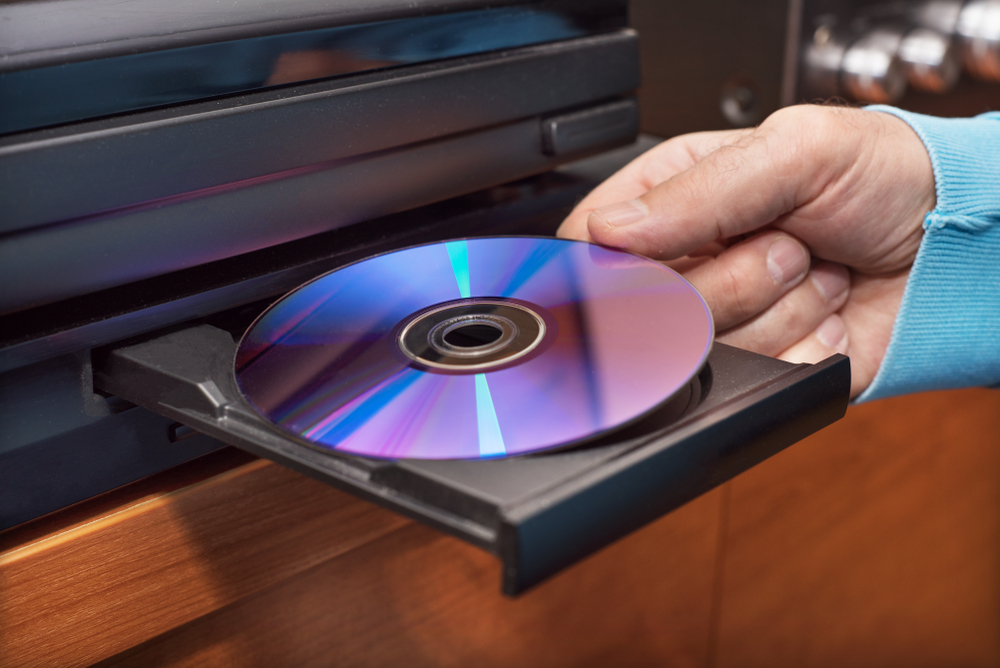
For years, CD and DVD players were essential home entertainment items. CDs brought music into our homes, while DVDs and Blu-rays offered a way to enjoy movies and TV shows with high-quality sound and visuals. However, as the internet became faster and more reliable, streaming services like Netflix, Hulu, and Spotify took over the entertainment landscape. These services allow users to instantly access a vast library of movies, shows, and music without the need for physical media.
The decline of optical media has been accelerated by the fact that many modern devices, including laptops, gaming consoles, and even cars, no longer come with built-in CD or DVD drives. As physical media becomes less common and streaming services continue to improve in quality and variety, owning a DVD or CD player has become largely unnecessary. Consumers are opting for digital formats that provide more convenience, variety, and space-saving benefits.
Landline Telephones

Landline phones were once the cornerstone of home communication. However, as mobile phones became more advanced and affordable, they began replacing traditional landlines for most households. Smartphones now serve as a one-stop shop for calls, messaging, internet browsing, and entertainment, rendering the need for a separate home phone unnecessary. Furthermore, the cost of maintaining a landline service has become less appealing, especially when mobile networks offer unlimited calls and text messaging for a fraction of the price.
Moreover, landline technology lacks the flexibility and convenience that mobile phones provide. With smartphones, you can stay connected no matter where you are, whether you’re at home or on the go. Many people have completely cut the cord, choosing instead to rely on mobile phones for all of their communication needs. As mobile technology continues to improve, landline telephones are quickly becoming obsolete in the modern household.
Fax Machines
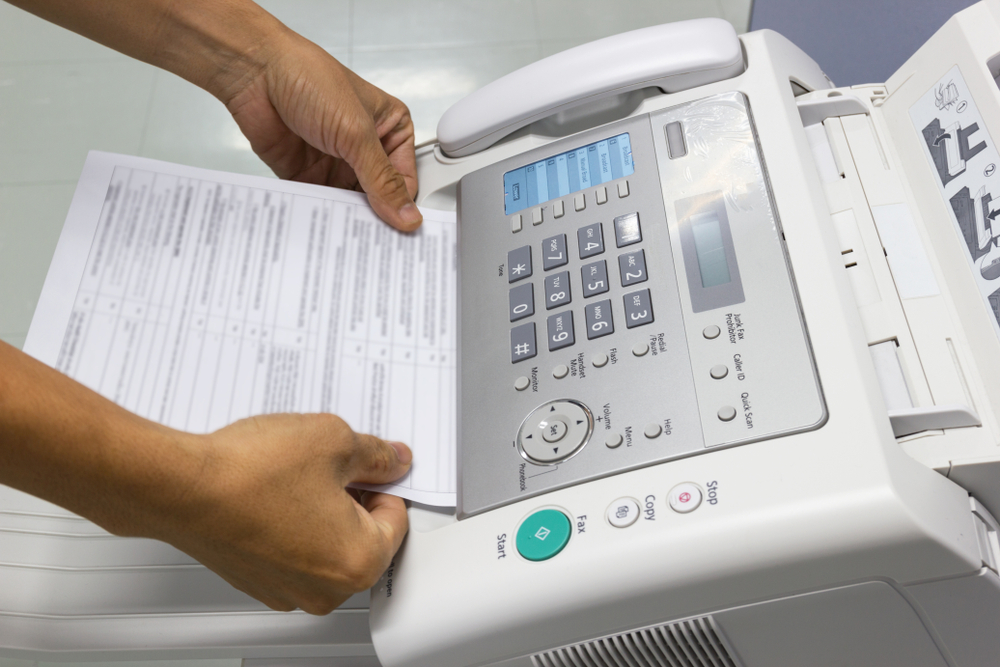
Once a vital tool for business communication, fax machines have now been largely replaced by email, cloud services, and other digital communication tools. Fax machines were used to send important documents over phone lines, but they are slow, prone to errors, and require physical paper, making them less efficient than modern alternatives. With the rise of document scanning, PDFs, and secure email communications, faxing has become outdated and unnecessary in most industries.
The decline of the fax machine has also been driven by the growing use of digital signatures and e-documents. These tools allow people to sign and send documents instantly, eliminating the need for printing, faxing, or even mailing physical copies. Businesses are increasingly adopting digital communication solutions, making the fax machine a relic of a bygone era.
Portable Gaming Consoles

Portable gaming consoles, like the Nintendo Game Boy and PlayStation Portable (PSP), once offered gamers the ability to enjoy their favorite titles on the go. However, as smartphones have become more powerful and capable of running high-quality games, dedicated handheld gaming devices have lost much of their appeal. Today’s smartphones allow users to play a wide range of games, from simple puzzles to graphically intense titles, all without the need for a separate gaming console.
Additionally, the app stores on smartphones offer a wide selection of free and paid games, making gaming more accessible and affordable than ever before. The convenience of having a single device for both communication and entertainment has led many to abandon portable gaming consoles in favor of their smartphones. As mobile gaming continues to grow in popularity, portable consoles are gradually becoming obsolete.
Wired Computer Mice and Keyboards

Wired computer mice and keyboards were once the standard for desktop setups, providing reliable and responsive input for users. However, with the development of wireless technology, many users now prefer wireless mice and keyboards that eliminate the need for tangled cables. Bluetooth and USB receivers offer a seamless connection, allowing users to set up a clean, cable-free workspace. Additionally, wireless options provide more flexibility, as they allow users to control their devices from a distance.
The shift towards wireless peripherals has been further fueled by the growth of laptops, which typically come with built-in wireless functionality. As more people use laptops and portable devices, the need for wired accessories has decreased. While wired peripherals are still favored by some for their reliability, the trend toward wireless devices suggests that wired computer mice and keyboards are becoming less necessary.
VCRs (Video Cassette Recorders)
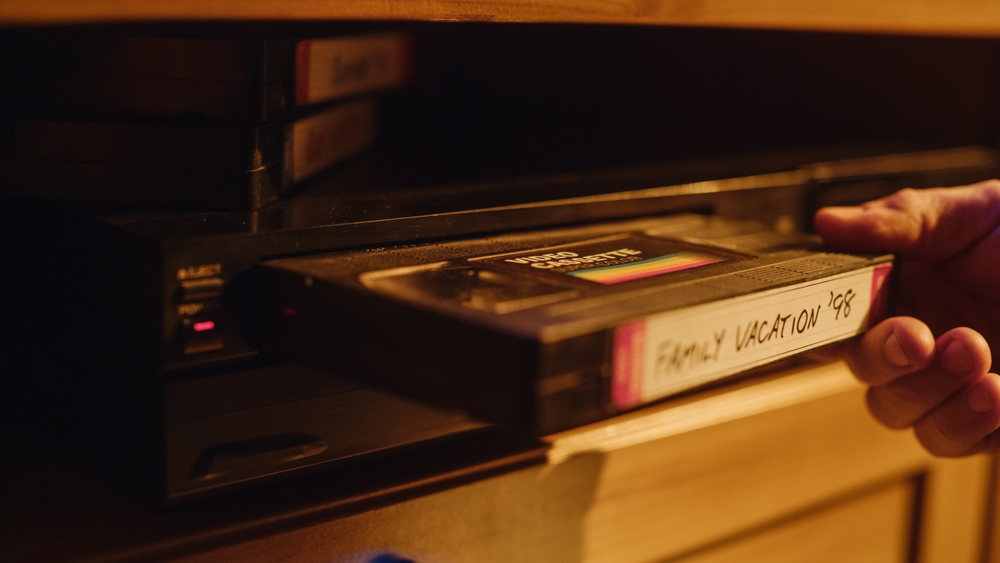
VCRs were once a staple in every living room, allowing people to watch movies and record TV shows on VHS tapes. However, the advent of DVDs and Blu-rays, followed by the rise of digital streaming services, has rendered the VCR obsolete. VHS tapes took up a lot of space, were prone to degradation over time, and required a VCR to play them. In contrast, DVDs and Blu-rays offer superior picture and sound quality, while streaming services provide instant access to a vast library of content without the need for physical media.
As the digital age has progressed, VCRs have become outdated relics, with no significant advancements in their technology. Most people now turn to digital formats, either through Blu-ray players, streaming devices, or on-demand services. The convenience and quality of modern digital formats have made VCRs unnecessary, and as they continue to disappear from stores, they are increasingly seen as obsolete.
CRT Televisions
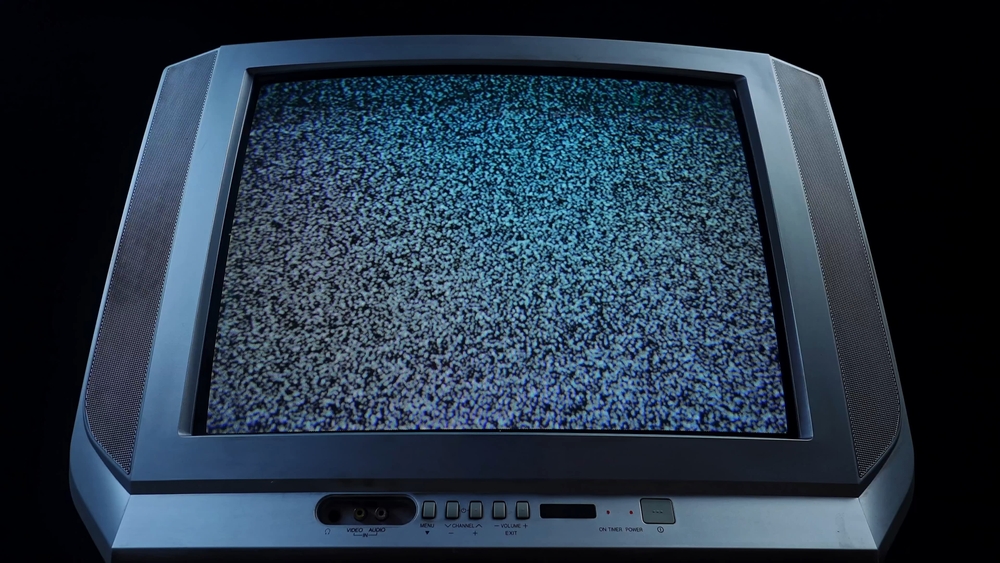
Cathode Ray Tube (CRT) televisions were the standard for decades, offering the only option for watching TV in many households. However, as flat-screen technology progressed, CRTs were phased out in favor of more compact, energy-efficient LCD and LED TVs. These newer televisions offer higher resolutions, better color accuracy, and thinner profiles, all while consuming less power. CRTs, by comparison, were bulky, heavy, and took up a lot of space, making them impractical in today’s tech-driven world.
With the rapid development of 4K and smart TVs, CRT televisions have become a thing of the past. Today’s flat-screen models come with features like internet connectivity, streaming apps, and ultra-high-definition displays that make the old CRT TVs seem outdated. As the prices of newer TVs continue to drop, CRTs are no longer needed for a modern viewing experience.
PDA (Personal Digital Assistant)
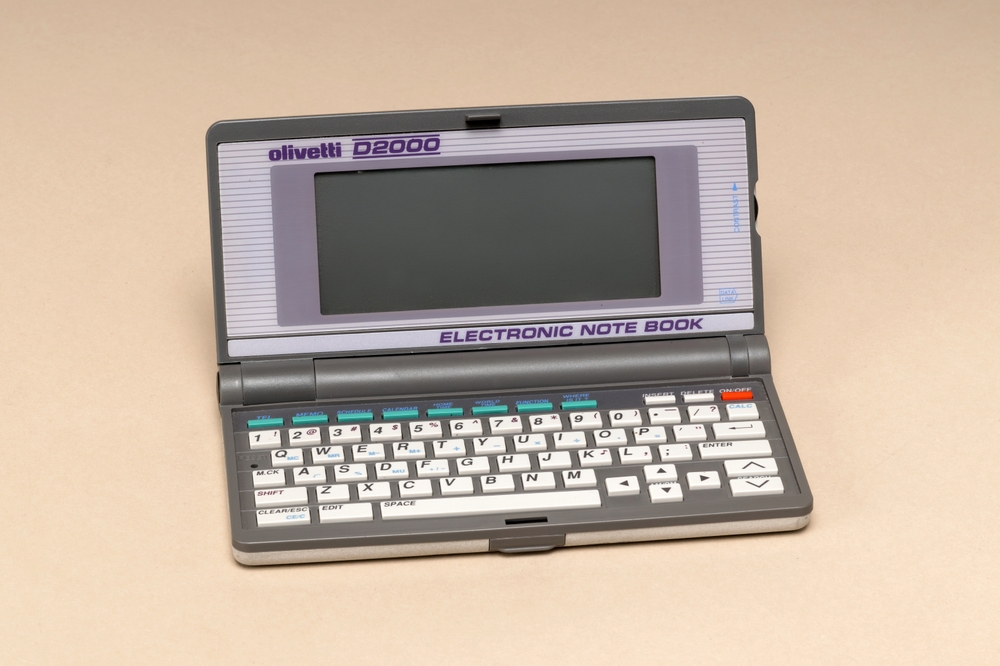
PDAs, like the Palm Pilot, were once popular for organizing contacts, calendars, and notes. They were a precursor to the modern smartphone, offering basic features like email, task management, and address books. However, as smartphones became more advanced, PDAs were quickly overshadowed. Smartphones not only provide the same organizational tools but also offer a host of additional features, such as internet browsing, media streaming, and access to millions of apps.
The integration of touchscreens, powerful processors, and versatile operating systems into smartphones made PDAs redundant. People no longer need a separate device to manage their schedules and contacts, as smartphones do it all. With the increased functionality and connectivity that smartphones provide, PDAs have become obsolete.
Digital Cameras

While digital cameras were once the go-to device for taking high-quality photos, smartphones have now taken over the photography market. Smartphones are equipped with advanced camera systems that rival, if not surpass, the quality of many standalone digital cameras. With the added benefit of apps for photo editing, social sharing, and cloud storage, smartphones have become a one-stop shop for all photography needs.
The convenience of having a camera always within reach, combined with improvements in smartphone camera technology, has made standalone digital cameras less necessary. With features like high-resolution sensors, multiple lenses, and AI-enhanced photography, smartphones have made the traditional digital camera redundant for most users.
Portable CD Players
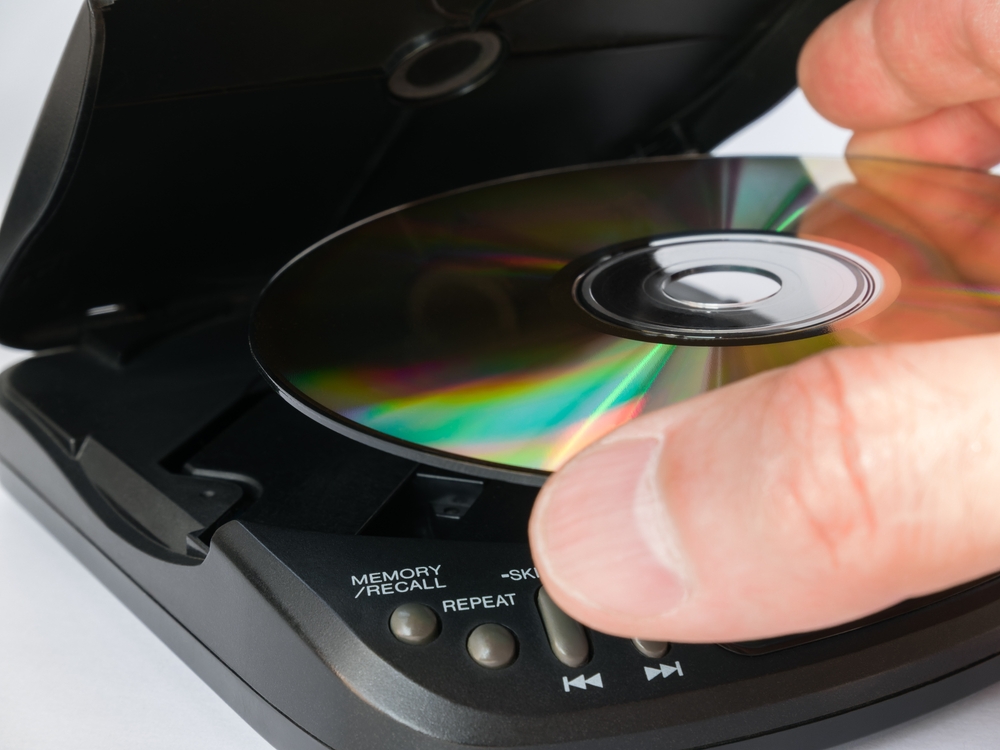
Portable CD players were once the go-to option for listening to music on the move. They offered an easy way to enjoy albums, but the rise of digital music formats and streaming services has made them unnecessary. Smartphones, MP3 players, and other portable devices now allow users to store and listen to their music without needing to carry physical CDs. With the convenience of music streaming and digital downloads, portable CD players have become a thing of the past.
Furthermore, carrying a CD player requires additional accessories, such as headphones and CDs themselves, which can take up a lot of space. With the advent of wireless streaming through Bluetooth speakers or headphones, the need for a physical CD player is now practically obsolete.
Alarm Clocks

While alarm clocks were once an essential item in every bedroom, most people now use their smartphones as their primary wake-up device. Smartphones have built-in alarm functions that allow users to set multiple alarms, choose custom ringtones, and even track sleep patterns. This eliminates the need for a separate, dedicated alarm clock.
With smartphones constantly within arm’s reach, it’s easier than ever to use them as an alarm. Many people prefer using their phones for this purpose, as it also serves other functions like checking the weather, news, or social media first thing in the morning. As a result, alarm clocks have seen a sharp decline in use.
Wired Headphones

Wired headphones were once essential for listening to music on the go. However, with the development of Bluetooth technology, wireless headphones have taken over the market. Bluetooth headphones offer greater convenience, allowing users to move freely without being restricted by tangled wires. Popular models from brands like Apple and Bose have set new standards for wireless audio quality and comfort.
The increased popularity of wireless headphones has been fueled by their integration with smartphones, smartwatches, and other Bluetooth-enabled devices. With better sound quality, longer battery life, and greater portability, wireless headphones have made wired options largely unnecessary for most consumers.
This article originally appeared on Avocadu.
